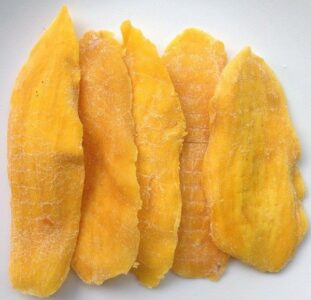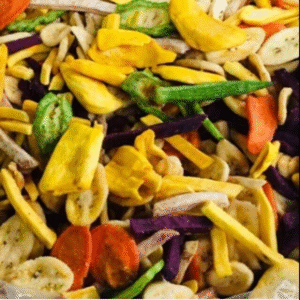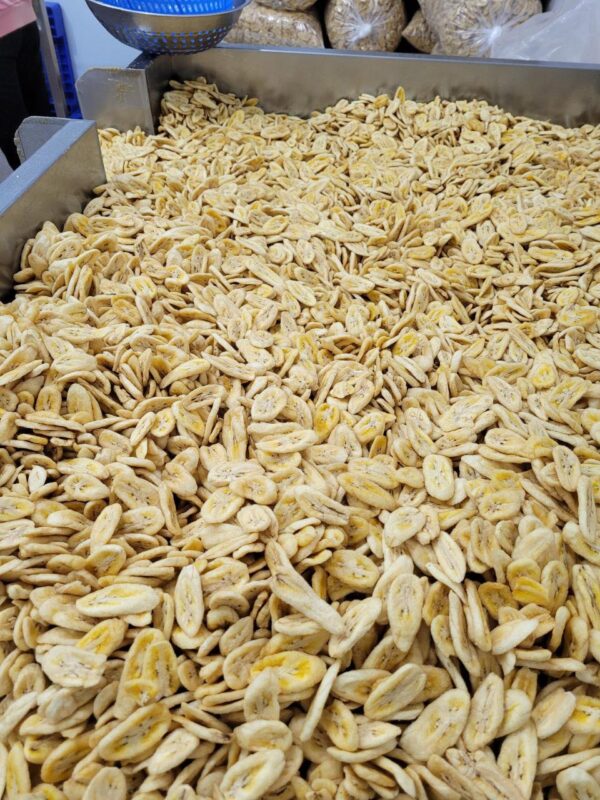Last updated on March 14th, 2025 at 06:22 am
Introduction
Vietnam ranks among the world’s largest coffee producers, offering a diverse range of roasted coffee beans ideal for espresso and coffee machines. For coffee suppliers and wholesalers, sourcing the right beans is crucial to ensuring exceptional quality for your customers. Whether you prefer Robusta or Arabica beans, understanding their flavor profiles and processing methods will help you make the best choice for your business. This guide explores the key varieties of Vietnamese roasted coffee beans, their unique characteristics, and essential considerations for sourcing them.
1. The Key Coffee Bean Varieties from Vietnam: Robusta vs. Arabica
1.1 Robusta Coffee Beans
Robusta coffee dominates Vietnam’s coffee industry and is celebrated for its bold flavor, high caffeine content, and earthy undertones. These beans are commonly used in espresso blends due to their ability to create a rich crema and deliver a strong, full-bodied flavor. Additionally, Robusta is a cost-effective option for businesses focused on affordability.
| Robusta Coffee | Flavor Profile | Uses |
|---|---|---|
| Grade 1 | Strong, earthy, bitter, with slight chocolate notes | Espresso blends, instant coffee |
| Grade 2 & 3 | Milder, less robust | Blends, bulk purchases |
Robusta is ideal for businesses seeking a coffee with boldness and high caffeine content suitable for espresso and coffee machines.
1.2 Arabica Coffee Beans
While Robusta is Vietnam’s primary coffee variety, Arabica beans are grown in select high-altitude regions. These beans are prized for their smooth, complex flavor, featuring fruity and floral notes with balanced acidity. Arabica is often used in specialty coffee shops and premium espresso blends, appealing to customers who value nuanced flavor profiles.
| Arabica Coffee | Flavor Profile | Uses |
|---|---|---|
| Grade 1 | Smooth, fruity, floral, with chocolate notes | Specialty coffee, premium espresso blends |
| Grade 2 & 3 | Milder, less acidic | Blends, high-end coffee shops |
Arabica is best suited for businesses seeking premium coffee with complex and smooth flavors ideal for high-end espresso machines.

2. Coffee Processing Methods: Washed vs. Natural
Vietnam uses two primary coffee processing methods: washed and natural. The processing method significantly impacts the final taste of the coffee. Understanding these methods will help you choose the right coffee beans for your business, whether you’re a coffee supplier wholesale or a retailer looking to offer variety.
2.1 Washed Coffee Processing
In washed coffee processing, the coffee cherries are pulped and fermented to remove the outer layers, leaving the bean covered in mucilage. This method produces coffee with a cleaner and brighter flavor profile, often with high acidity and fruity or floral notes. Washed coffee is ideal for espresso blends that require a crisp and sharp flavor.
| Washed Coffee | Flavor Profile | Best For |
|---|---|---|
| High Acidity | Clean, bright, fruity | Espresso, single-origin coffee |
| Bright, Crisp Taste | Floral, citrus notes | Specialty coffee blends |
2.2 Natural Coffee Processing
In natural coffee processing, the entire cherry is dried with the beans inside, allowing the beans to absorb more flavors from the cherry. This results in coffee with a fuller body and sweeter flavor, with notes of chocolate, spices, and berries. Natural coffee is perfect for businesses looking for complex and rich flavors, suitable for premium espresso and coffee machines.
| Natural Coffee | Flavor Profile | Best For |
|---|---|---|
| Full-Bodied, Sweet | Rich, chocolate, berry | Specialty coffee blends |
| Lower Acidity | Syrupy, bold | High-quality espresso |
For more insights on processing methods, visit Washed vs. Natural Coffee Processing in Vietnam.
3. Sourcing Vietnamese Roasted Coffee Beans: Key Considerations
3.1 Cost and Quality
When sourcing roasted coffee beans from Vietnam, consider the balance between cost and quality. Robusta beans are generally more affordable compared to Arabica, which is more expensive due to its higher quality and more complex flavors. However, if your business requires a premium product, Arabica might be worth the investment.
3.2 Packaging and Storage
Proper packaging ensures the freshness and quality of your coffee beans. Most roasted coffee is packaged in vacuum-sealed bags to preserve freshness during long shipments. For wholesale purchases, coffee is often packaged in multi-layer kraft bags or bulk bags to reduce shipping costs and make it easier to store.
3.3 Shipping and Logistics
Shipping coffee beans from Vietnam typically involves sea freight for large orders, with delivery times ranging from 20 to 30 days. For faster delivery, air freight can be used, although it tends to be more expensive. Ensure you understand the shipping and customs duties associated with importing coffee beans to your country.
For more details on shipping logistics, check out our page on Bulk Importing Vietnamese Coffee: Costs, Packaging, and Logistics.
4. Why Choose Qualitex Global as Your Coffee Supplier Wholesale?
At Qualitex Global, we provide high-quality roasted coffee beans tailored to meet the needs of wholesalers and coffee suppliers. Whether you prefer Robusta or Arabica, we ensure premium beans that align with your business goals.
4.1 Quality Assurance and Customization
We provide OEM and ODM services, allowing you to customize coffee blends, packaging, and branding. Whether you’re looking to create your own coffee blend or source premium beans, we ensure that every batch meets the highest quality standards.
4.2 Flexible Orders and Shipping
We cater to businesses of all sizes, offering flexible order quantities and fast, efficient shipping options. You can rely on us for timely delivery and high-quality coffee beans to meet your wholesale needs.
Explore our selection of Vietnamese roasted coffee beans at Qualitex Global’s Coffee Products.
5. FAQ Section
1. What’s the best coffee for espresso?
Robusta coffee is typically preferred for espresso due to its bold flavor and ability to create a rich crema. Arabica is also used for premium espresso blends, offering smoother flavors.
2. How does the processing method affect the coffee’s flavor?
Washed coffee has a cleaner, brighter taste with higher acidity, while natural coffee has a fuller body and sweeter, fruitier notes.
3. Can I customize the coffee for my business?
Yes, we offer OEM and ODM services to tailor coffee blends, packaging, and branding for your business needs.
4. What’s the difference between Robusta and Arabica coffee?
Robusta is stronger, more bitter, and has higher caffeine content, while Arabica is smoother, with fruity and floral notes, and more complex flavors.
5. How should I store roasted coffee beans?
Roasted coffee beans should be stored in airtight containers in a cool, dry place to preserve freshness and flavor.
Conclusion
When sourcing Vietnamese roasted coffee beans, consider the variety, processing method, and packaging requirements that suit your business. Robusta offers bold flavors and affordability, while Arabica provides premium quality and complexity. At Qualitex Global, we ensure consistent quality and tailored solutions to meet your needs.
Contact us today to explore our selection of roasted coffee beans for your business!









